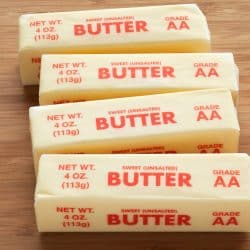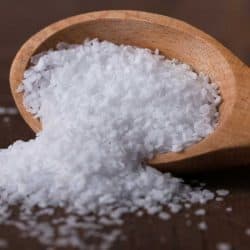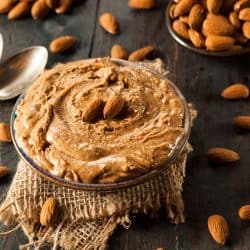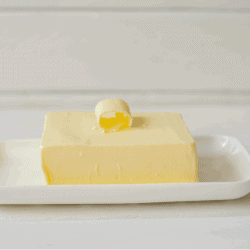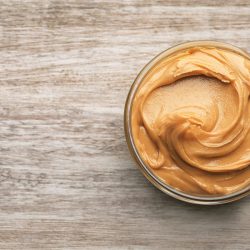You're on cooking duty tonight, and you have the perfect recipe to make, but there's one problem --you only have unsalted butter. The recipe calls for salted butter. Is it time to move on to plan B? Don't jump ship just yet, because we put together simple step-by-step instructions on how to salt unsalted butter properly.
To answer the question, yes, you can add salt to unsalted butter. But knowing how much salt to add is crucial to your dish. Follow these steps to salt the unsalted butter:
- Bring the butter to room temperature until the butter is soft.
- Once soft, transfer the unsalted butter into a mixing bowl.
- Add ¼ teaspoon of salt for every stick (½ cup) of unsalted butter.
- Mix the salt thoroughly into the unsalted butter.
If you are worried about the butter being too salty, start by adding a little less than ¼ teaspoon of salt per stick (½ cup) of unsalted butter and do a taste test. Then add more salt as needed.
It's official; dinner is saved! We asked ourselves the same question, can you salt unsalted butter? So that's why we went the extra mile to bring you more in-depth information on the topic! Keep reading further to learn more about butter and how to use it in the kitchen.
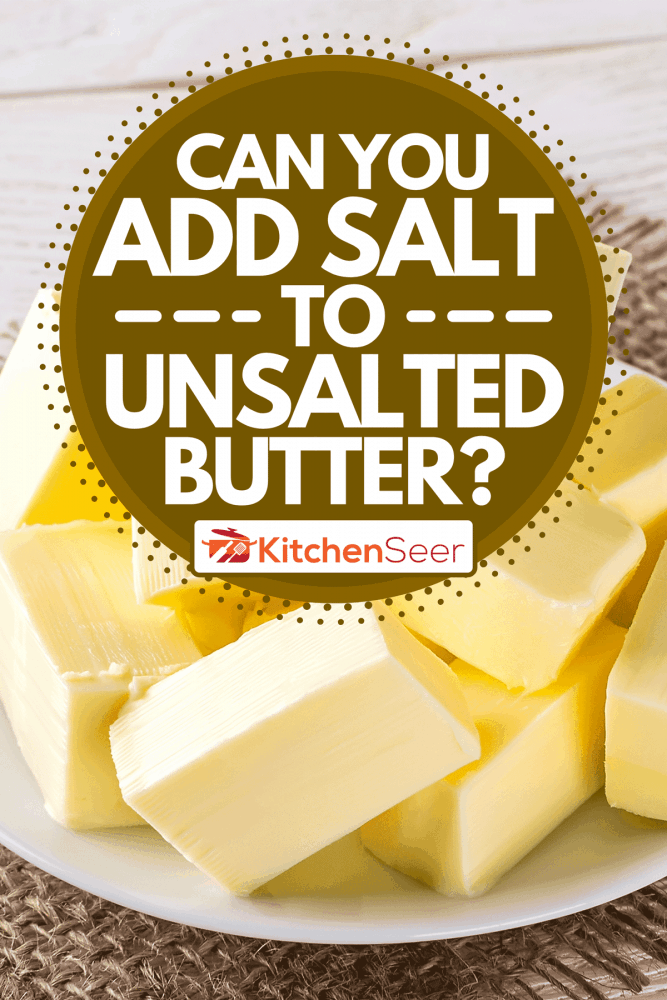
Rule of thumb for adding salt to unsalted butter
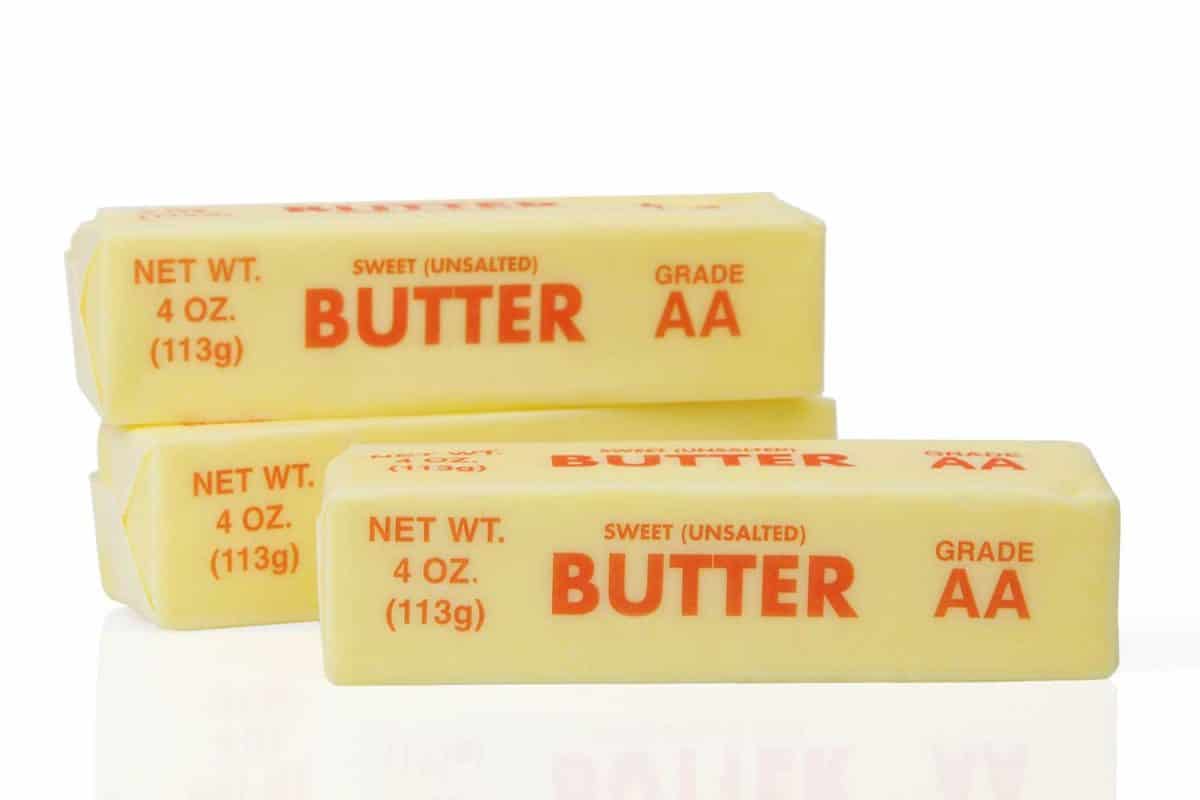
When your recipe calls for salted butter, but you are stuck with unsalted, it may seem that your dish is doomed. However, remember this rule of thumb; less is more. You can always add more salt to your dish, but you can't take it out. Too much salt can be detrimental to your recipe.
Make sure your kitchen is equipped for melting butter without getting burned, read "Bain-Marie Vs. Double Boiler: What You Need To Know."
Why is there salted butter in the first place?
Salt is added to butter for the simple intention of making the dish saltier. But it does a little more than just that. The salt acts as a natural preservative, increasing the shelf-life of the butter. Nonetheless, a person would be wise to refrigerate the salted or unsalted butter to reserve the quality and taste. To extend your butter shelf-life, put it in the freezer, and it will stay fresh for up to one year.
Does it matter what salt to use?
Adding the right amount of salt might be intimidating, but first, you have to determine which salt in the cupboard to add to the butter.
Refrain from using larger salt flakes such as kosher salt. The goal is for the salt to dissolve into the butter, so make sure to use fine salt or table salt in Layman's terms. Otherwise, you may be left with a salty crunch in your butter. Sticking to typical table salt with small flakes ensures it dissolves nicely into the butter.
Not only does table salt dissolve nicely, but it also makes it easier for precise measurements. This combination of using table salt and adding it to soft butter is the recipe for success in salting unsalted butter.
What if I don't have butter at all?
Sometimes, you may be craving a particular dish that calls for butter, but unfortunately, you are out, and your neighbors aren't home to help. If you look around the kitchen, you might be able to find something that will work as a suitable substitute for butter.
There is no question that butter can elevate the flavor of a dish. But let's be frank; it's not the healthiest thing to put in our bodies. Your body might thank you for a healthier substitute. Some healthier butter alternatives vary from avocados, olive oil, applesauce, and even Greek yogurt. Do some experimenting, and you might find the perfect butter alternative.
What if I don't have unsalted butter?
What if the scenario is flipped, and you only have salted butter, but the recipe asks for unsalted? To use the salted butter as a substitute, you will need to decrease the salt by using the same ratio as above --¼ teaspoon per ½ cup of butter.
In simpler terms, if the recipe calls for unsalted butter but you only have salted, then decrease the amount of salt used in the recipe by ¼ teaspoon.
How much salt is in one cup of butter?
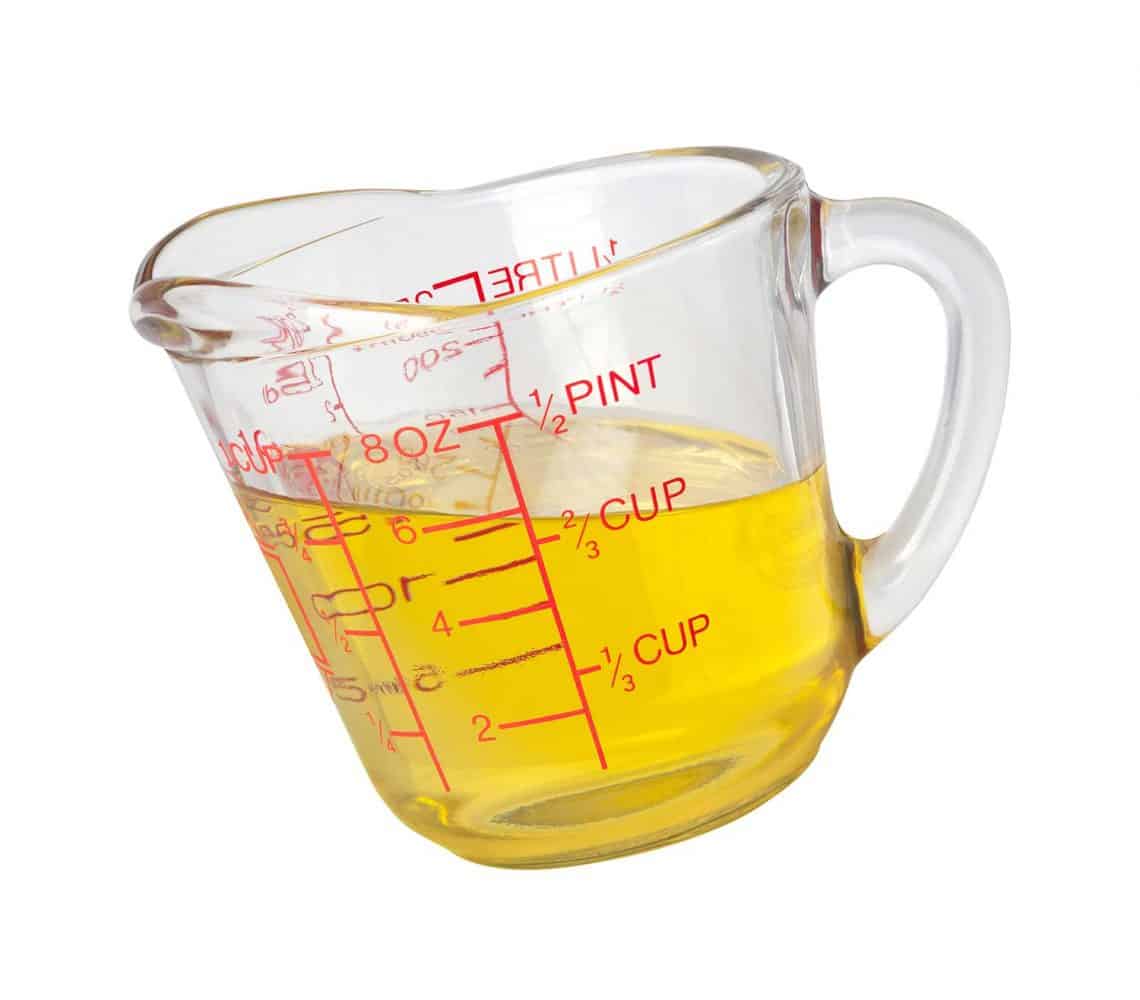
While there isn't a set amount of salt in a regular butter stick, there is an average. Typically speaking, a stick of butter can have 1.64 grams of salt or 1/3 teaspoon. We say on average because some butter has a higher salt content than others.
For example, Country Life Butter has .3 grams more salt than their competitor, Anchor butter. Ultimately, deciding which salty butter to go with is between you and your tastebuds.
Does unsalted butter taste different?
One could say that unsalted butter has a different taste because of the obvious, that it isn't salty. This is true, but unsalted butter does carry some more flavorful characteristics than just that. In its purest form, unsalted butter is commonly known for its neutral mellow sweet taste and creamy texture.
Why do chefs use unsalted butter?
Chefs use unsalted butter when capturing a dish's natural flavor, especially in baked goods. Several delicious recipes use unsalted butter; whether it's cookies or chocolate cake, unsalted butter is an excellent go-to. Using unsalted butter also helps chefs control the dish's overall flavor by adding salt as needed.
What is the best butter for baking?
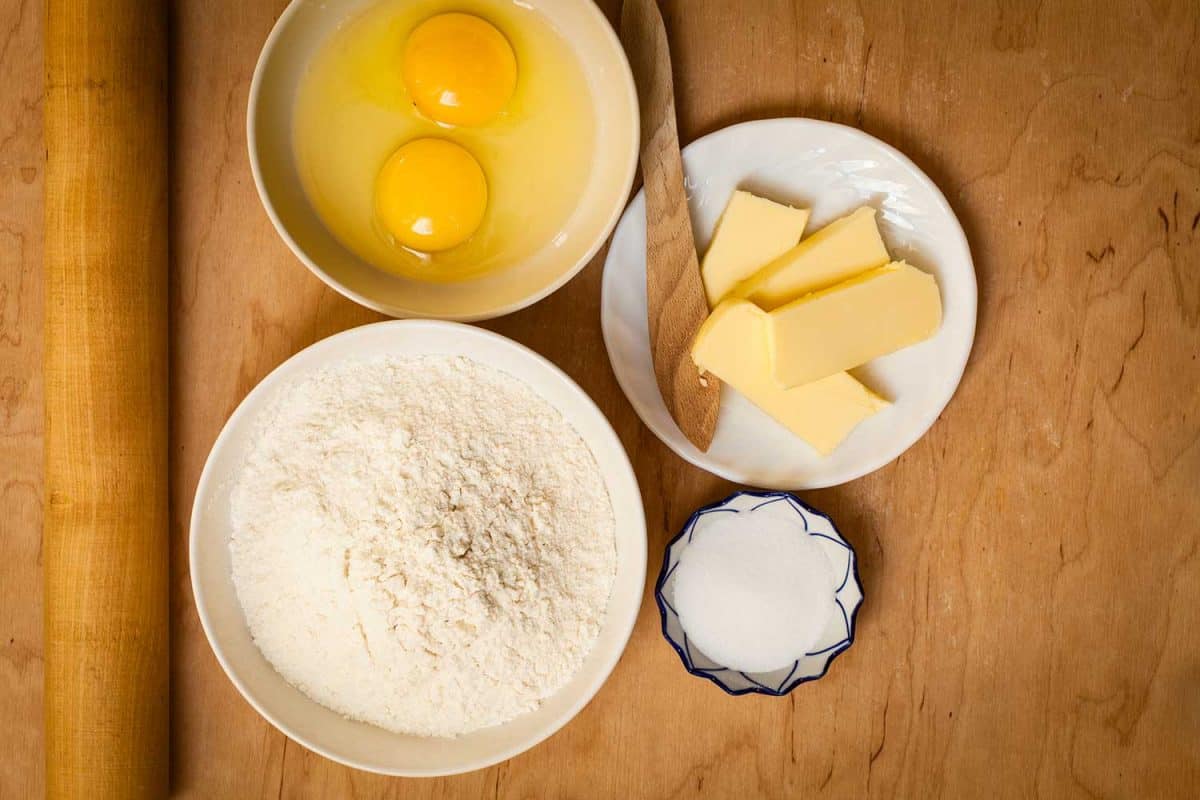
We discussed that unsalted butter is used for baking due to its mellow and creamy flavor, but we didn't mention which butter brand to go with. The best butter brands for baking can vary depending on your budget, tastebuds, and resources. Give various types of butter a try, and like anything else that you taste, you will find something that works for you, whether it be salted or not.
Don't be salty, and have fun!
Cooking and baking can be such a joy, but sometimes it can come across as a tedious chore. When a wrench gets thrown into your plans, like only having unsalted butter when the recipe calls for salted, sometimes improvising can end up in a good conversation at the dinner table. Go with the flow, pour a glass of wine, and follow your buttery tastebuds!
Interested in making a healthy alternative, nut butter? Check out "Can You Put Nuts In A Blender."

